What would come to your mind when we are speaking of Turkish football teams? Galatasaray, Fenerbahce, or Besiktas? In fact, apart from these famous teams who always participate in continental competitions, in this season’s Süper Lig, it has been the race between Istanbul Basaksehir and Trabzonspor.
Başakşehir recruited many famous players in recent years, including former Manchester City men, Gaël Clichy and Robinho; former Liverpool centre-back, Martin Škrtel and former Chelsea striker: Demba Ba. These players worked well under the young manager, Okan Buruk. In the Europa League, they qualified as the first of the group, over Roma and Borussia Mönchengladbach. So far, they were in the round of 16, looking to continue on this competition.
In this April, based on the performance of Başakşehir in the Europa League, we will bring you three tactical analysis and scout report. These are analyses that focus on different aspects of Buruk’s team. For the first analysis, we will introduce the tactics of their offensive transitions.
1 v 1 situations and space creation
The squad of Başakşehir did not have players with pure pace and physical strength such as Adama Traoré or Allan Saint-Maximin. It was not feasible to expect an individual to carry the ball forward with his progressive runs. Therefore, they had to develop offensive transitions strategically. The offensive transitions of Buruk’s team were mainly constituted by two elements: use of width and 1 v 1 situations.
For the use of width, it means that the players were running at the wide areas instead of centrally. So, instead of passing to the centre, it was more likely for Başakşehir to deliver the ball out wide. This drew the defenders out, increase their horizontal gap. As a result, they could create 1 v 1 situations with rooms, which the dribbles or offensive actions had a higher chance of success.
In the following image, you can see how Başakşehir started a counter-attack. Attacking the wide areas was also exploiting spaces behind the full-backs. This is useful when countering offensive full-backs such as Aleksandar Kolarov. Edin Višća started his run behind Kolarov early to set himself free as an option to pass.
On this occasion, İrfan Kahveci had three options to pass, two were shorter. Given the practices of Başakşehir’s counter-attacks, the priority was to look at the wide areas. Passing the ball to Višća was optimal, as Enzo Crivelli had his back to goal, passing to the Frenchman will slow down the attack. Also, the pass of Kahveci travelled to space in front of the Višća instead of his feet, this is important, as this allowed the Bosnian to sprint without stopping.
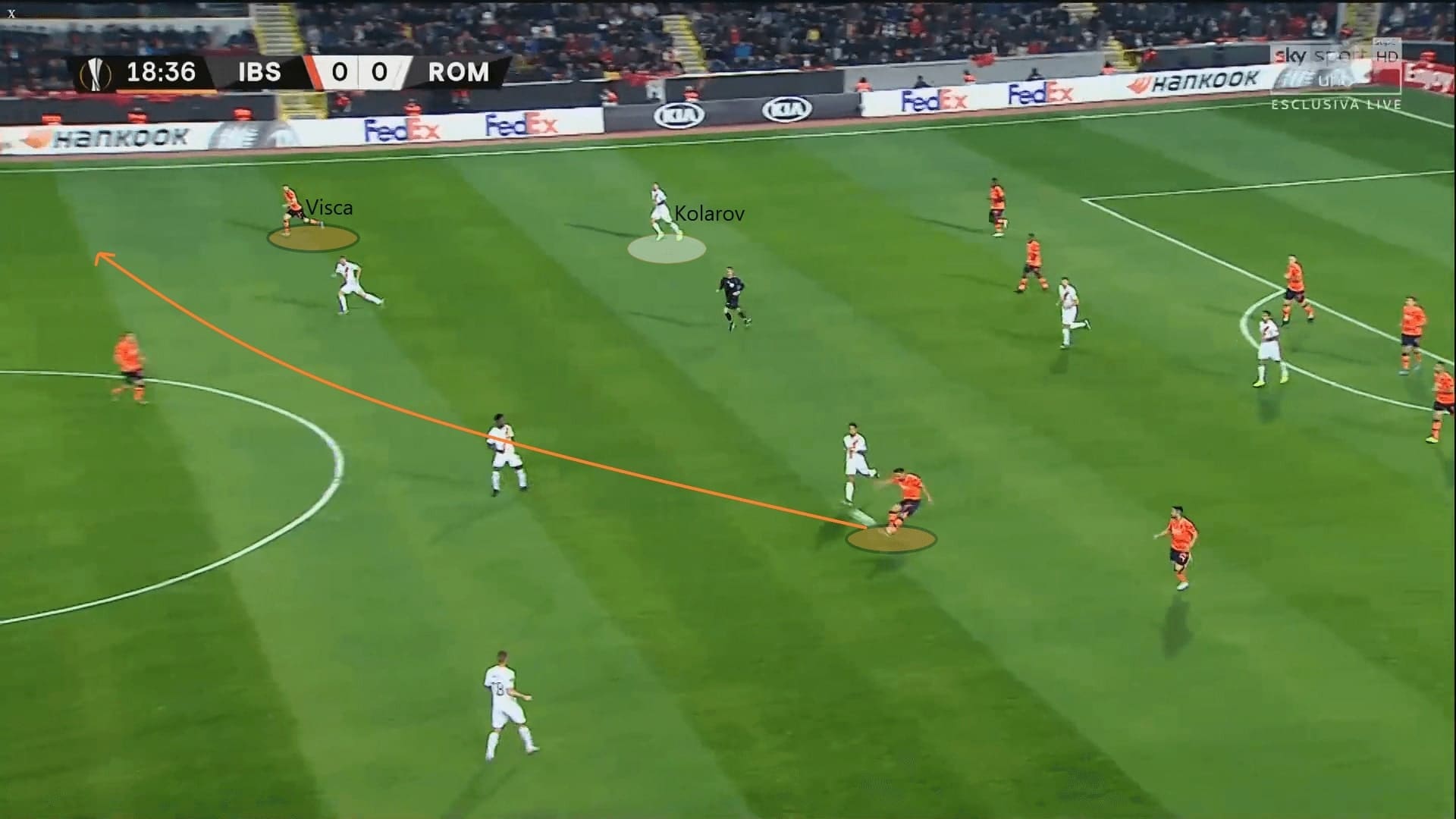
It was quite common to see Başakşehir having an offensive transition in 2 v 2 situations. However, Buruk did not want the opponents to defend collectively, so he tried to break this 2 v 2 into two 1 v 1 situations respectively. In the following image, we show you the movements of Başakşehir players in the offensive transitions.
At the frontline, two København players were defending Ba and Višća. In the hope of creating more spaces for each other, Ba and Višća made diagonal runs to separate the defenders. Again, it was Kahveci to trigger the counter-attack with his good pass, which the ball travelled to space instead of the teammate.
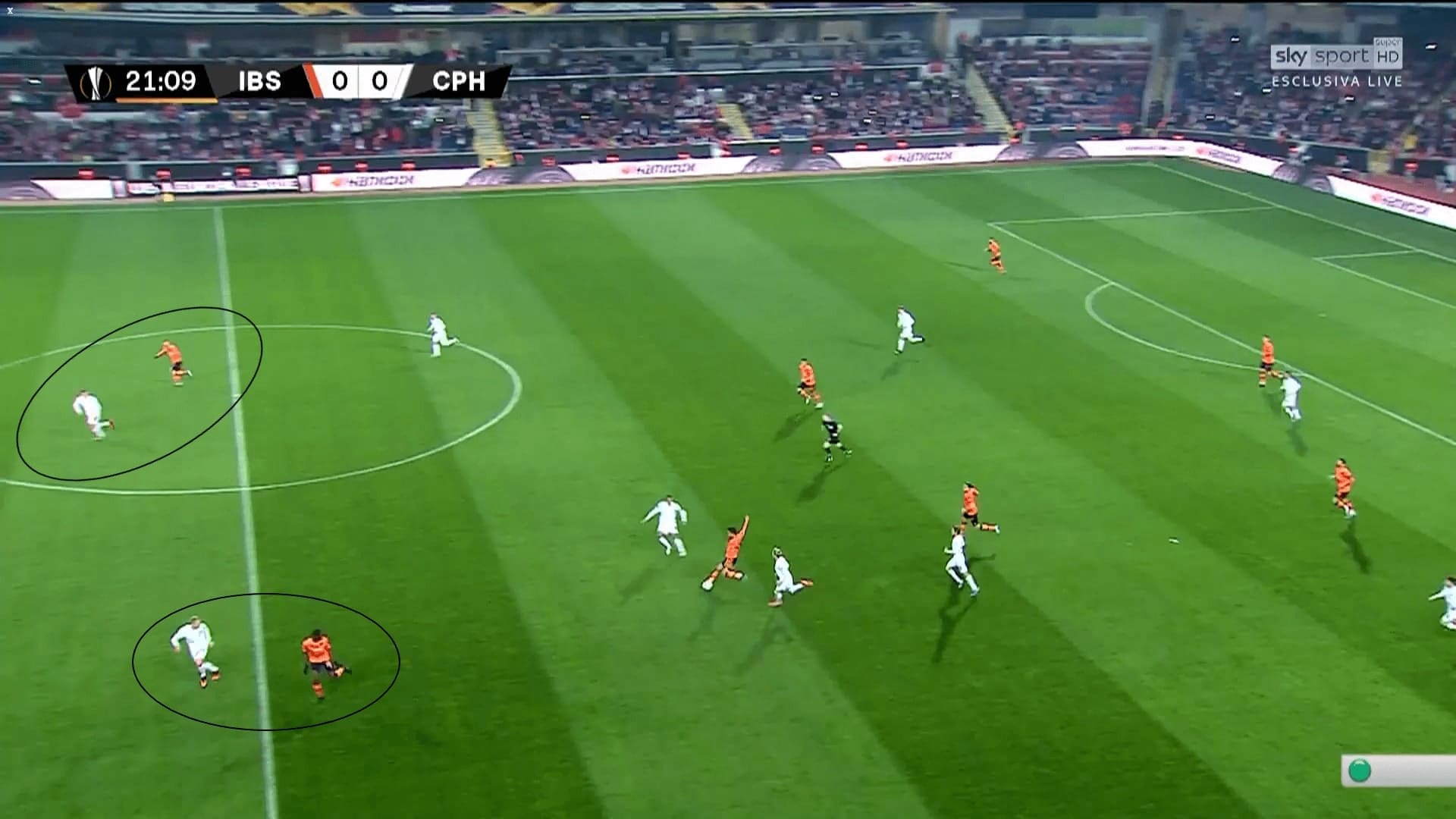
So, if the front players were not running diagonally to create the space, they could not capitalize on the 3 v 2 situations. In the following image, both Ba and Crivelli were running in the same direction, and, they had to slow down to stay onside.
In this case, Ba and Crivelli should have run diagonally, as the Başakşehir players did in most cases. This could create spaces for Clichy to continue the attack as diagonal runs potentially took away the defenders.
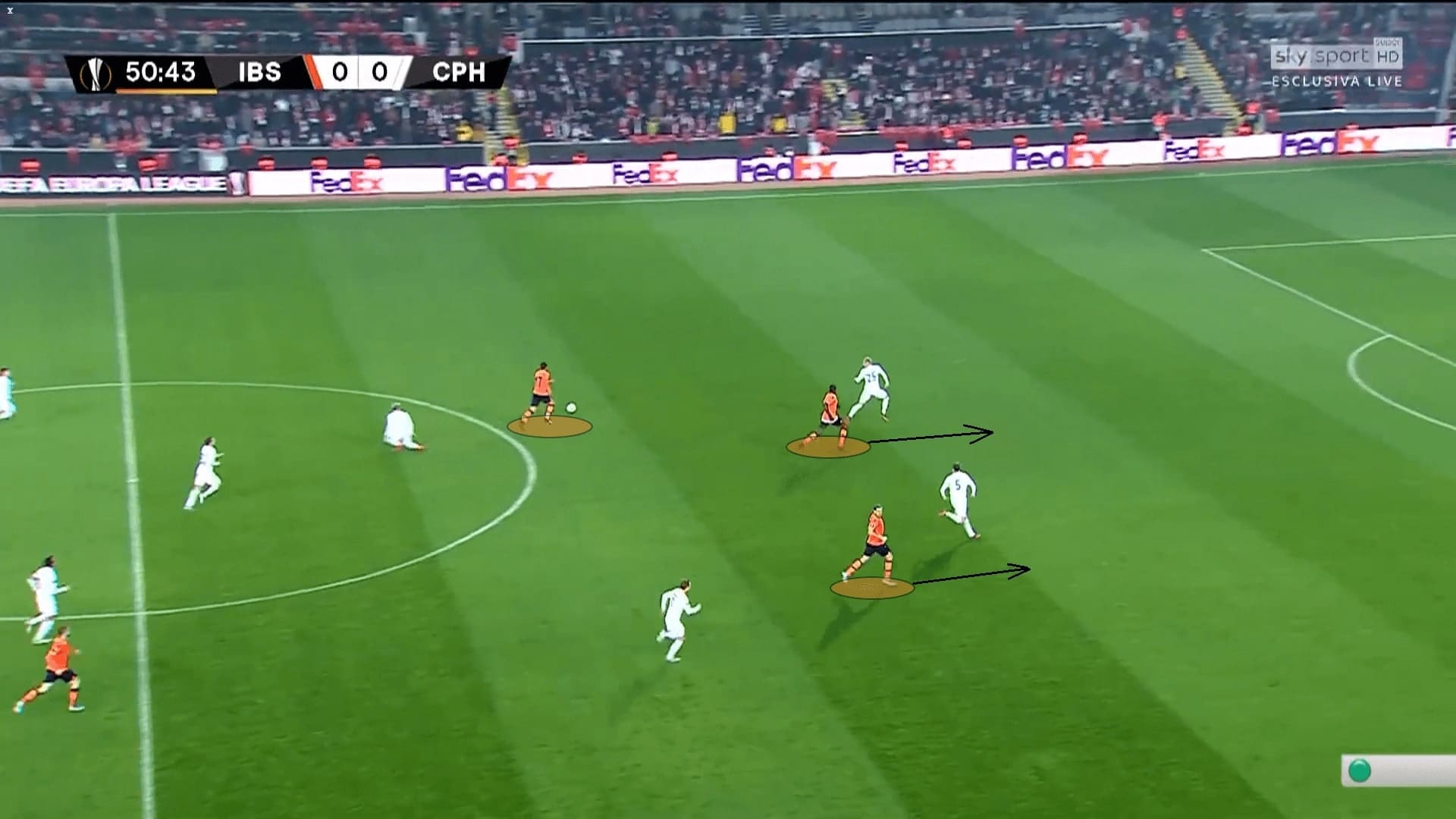
The below image shows how Başakşehir players had their opportunities, this is the attack that led to their second goal against Wolfsberger. Mehmet Topal was carrying the ball forward, and, Fredrik Gulbrandsen ran inward. These two players created a 2 v 1 overload on a defender, hence, progressed the ball with a simple vertical pass. More importantly, instead of moving towards the ball, Crivelli left his teammates to create rooms for the 2 v 1.
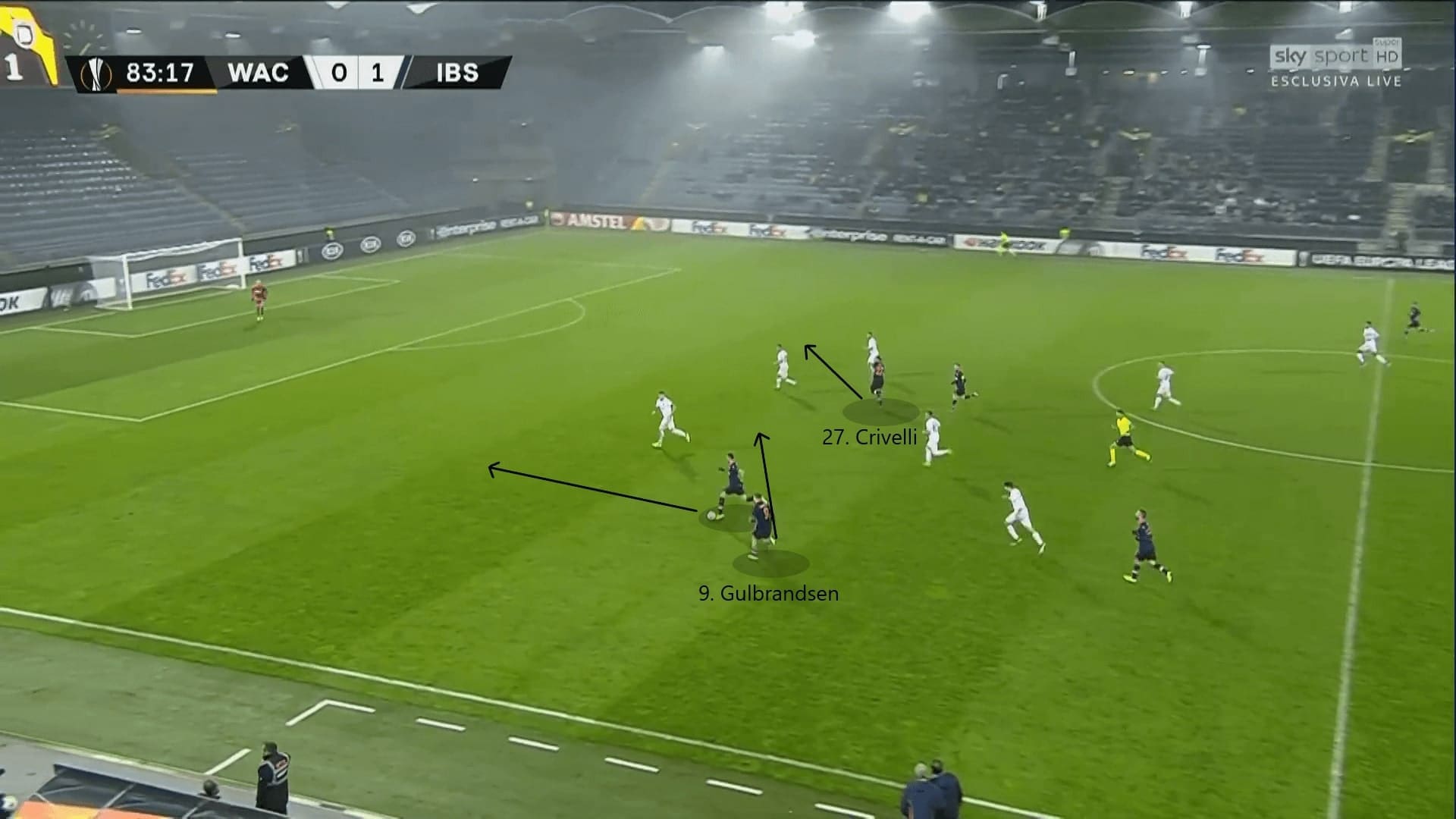
The experienced Clichy
Surprisingly, if we had to pick an important individual of the offensive transitions except for Kahveci and Višća, we had to name Clichy. The former City left-back was experienced, and, had a very good vision to deliver the out balls. His passes could initiate the attack.
For example, there were three Sporting players around Clichy in the first image. Despite facing pressure, Clichy still managed to find Ba from a narrow gap. This is a good pass as it surpassed four white shirts. At flank, they had Eljero Elia running to join the attack.
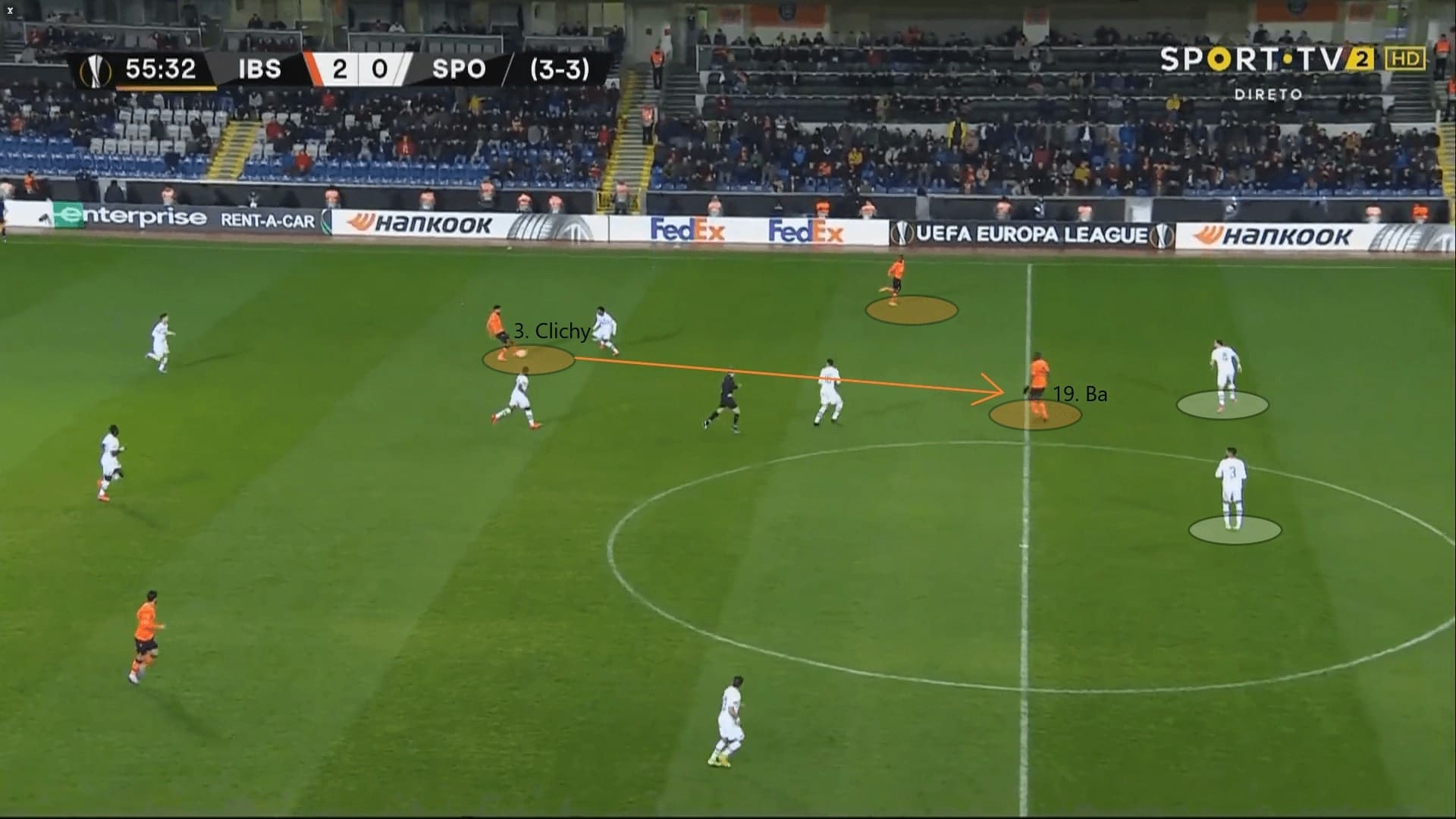
When the attack progressed, since Başakşehir players lacked pure pace, sometimes they had to do more. In this image, they had a 3 v 3 at flank. Elis was used as a bait, who drew the attention of defenders. This allowed Clichy to make an underlapping run at the left half-spaces. Meanwhile, Ba recognised space at the centre and started his run to zone 14, trying to receive the cross of Clichy.
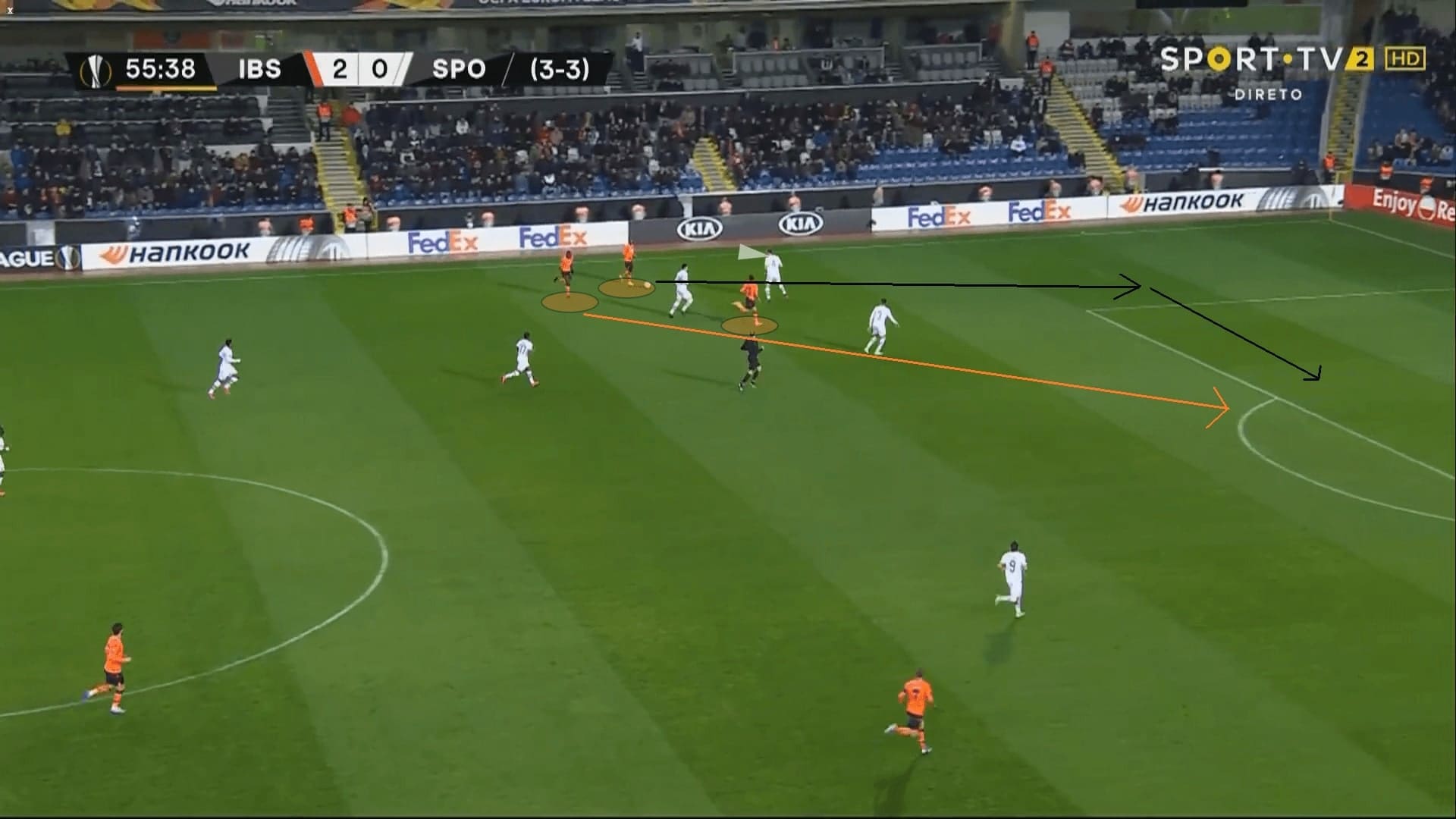
For another reference, this image demonstrates the passing ability of Clichy. After years of leaving the Premier League, Clichy’s passing technique has improved. Therefore, when he was given the chance to join the offensive transitions, his passes posed a menace. Statistics also reflected, the Frenchman had an xA of 0.20, 2.84 crosses (42.9%) and 1.22 shot assists in the Europa League.
Again, in the following image, it was a 2 v 2 situation for Başakşehir. Despite having the ball on the right flank, at his right foot, Clichy still managed to provide a dangerous cross to the centre. This cross perfectly escaped from the defenders and reached the edge of the box and Gulbrandsen. If the passer was Kevin De Bruyne, it was normal. However, this was Clichy, and, that was from his weaker foot.
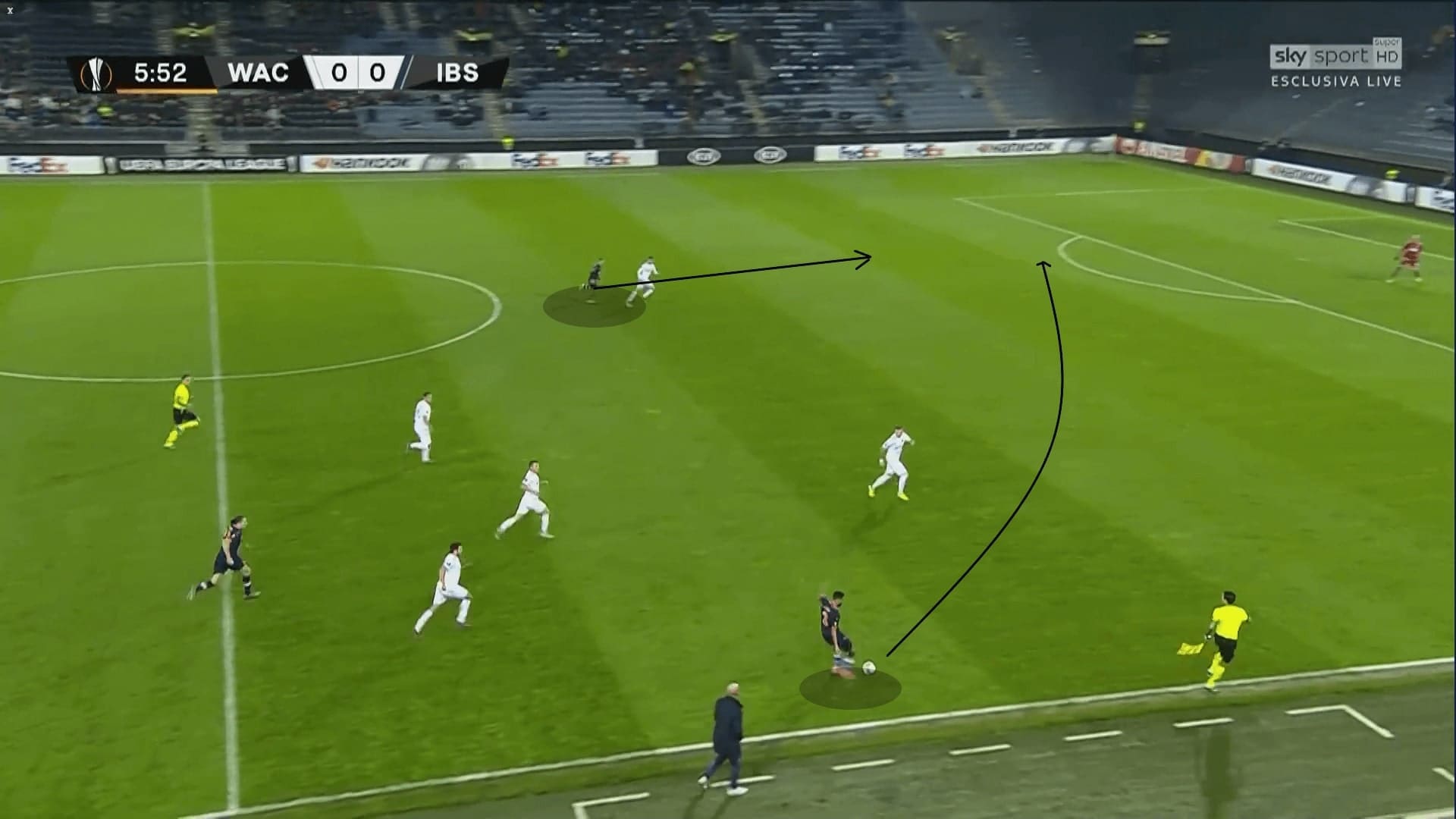
Conclusions
When discussing the offensive transitions, some may think these are merely improvisations. However, there were still plans and movements required to create some favourable conditions for the players. Başakşehir demonstrated how to utilize numerical equality and the width to create chances. In the coming weeks, we will investigate Buruk’s philosophy in different phases of the game.


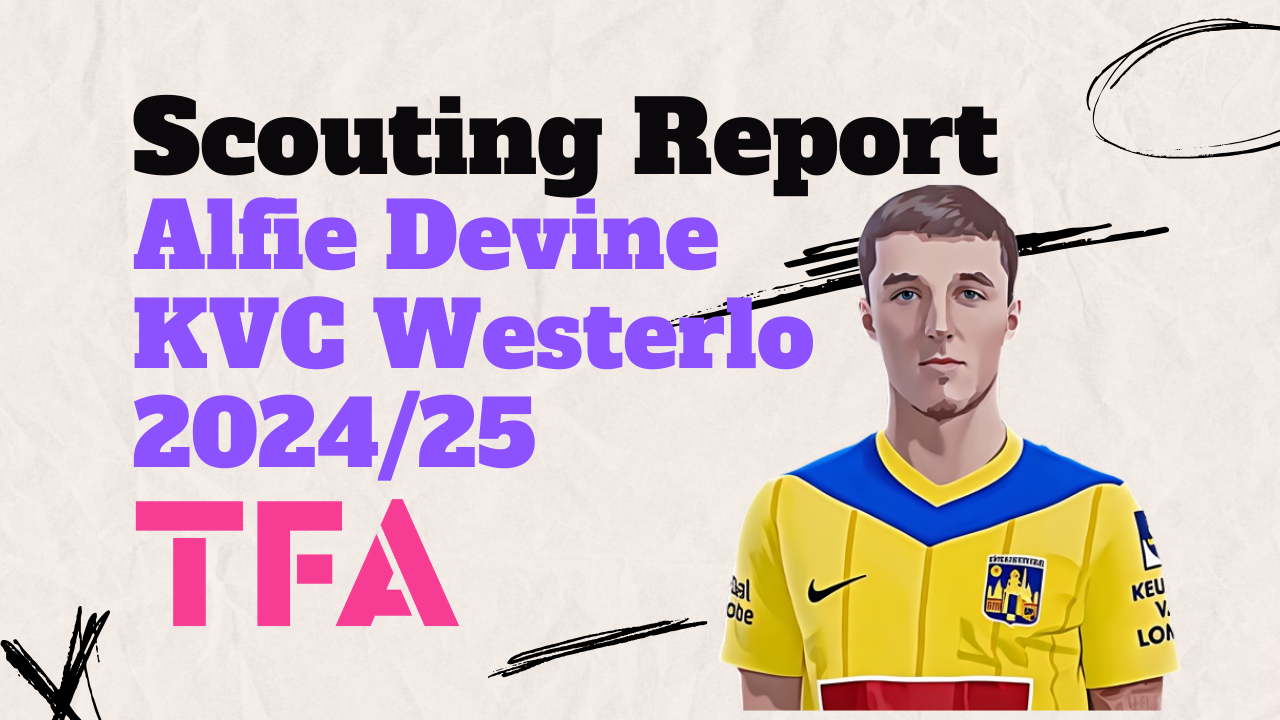
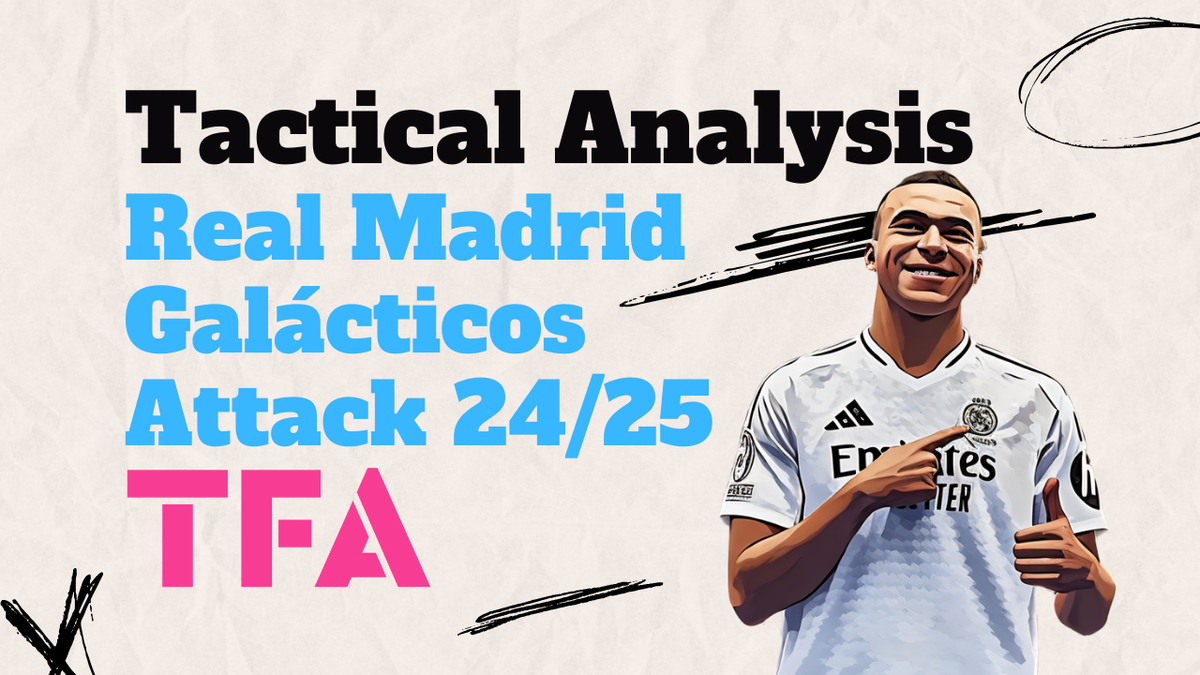
Comments